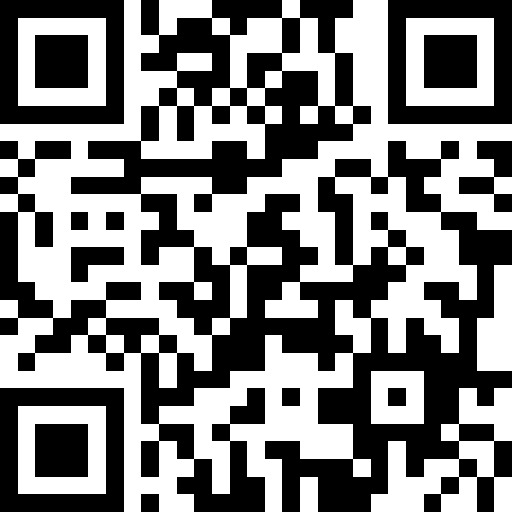Evolutions in technology make it easier than ever to get consumers in and out of stores with minimal effort. Tap technology means people don’t have to dig through their wallets for a plastic card. In-app savings puts coupons at their fingertips. This entire retail process, from seeing an ad to finding a product to making a purchase, can be streamlined with the implementation of a good mapping software that provides business analytics.
Indoor mapping software is a game-changer for retailers and commercial real estate operators aiming to optimize their environments and enhance revenue. Customers can easily find their way to the store of their choice by interacting with your map and digital directory, and you can choose what advertisements and savings they see on the screen. Meanwhile, a good indoor mapping software will also provide access to advanced analytics on user behavior, providing you with all the tools that you need to optimize your business. The scalability, customization, and insights provided by indoor mapping solutions can truly revolutionize your retail space.
Understanding Indoor Mapping
Indoor mapping kiosks are nothing new at malls or retail centers, but how consumers interact with these maps is changing. Traditional indoor maps are just a layout of the center with stores and restaurants grouped by services. Marked with “you are here,” customers have traditionally had to find out how to get to the shop they are looking for by themselves.
Indoor mapping solutions like MapVX offer a complete digital directory and provide guided routes from the shopper’s location to their destination. An advanced digital mapping platform like MapVX can be integrated into on-site kiosks, but this technology can also be put into the hands of shoppers with mobile integrations, putting the power of navigation back into the hands of your customers. These features are also easily adjustable to new business requirements or physical changes within your space.
Once integrated into your facilities, digital mapping platforms can begin collecting search and location-based data that will eventually aid decision-makers with optimizing operations and increasing revenue.
Benefits of Using Indoor Mapping Analytics
Maps process location-based data as shoppers use maps and store apps to generate business analytics. Digital indoor maps help revitalize shopping malls by easily collecting data when consumers log onto WiFi, have Bluetooth services turned on, and use GPS-tracking apps. These insights help retail centers optimize space utilization, improve customer experiences, and enhance operational efficiencies. The benefits of collecting and integrating indoor mapping analytics also lead to enhanced revenue.
- Foot Traffic Analysis
Where are people going? What are the movement patterns and peak times for different areas within a building, such as a retail store or an airport? What entrances are most shoppers using? Use this data to generate more revenue by making it easier for customers to get from place to place.
- Space Utilization
Use indoor mapping analytics to identify which areas are over- or under-utilized. This will help business owners and retail groups make informed decisions about space reallocation during redesigns and expansions.
- Energy Optimization
Where are fewer people congregated and where are the high-trafficked areas? Automate cooling, heating, and lighting systems to turn on and off based on occupancy data. This will improve energy efficiency across the complex and lead to significant cost savings in facilities where energy usage accounts for most operating expenses.
- Consistency and Experience
Online navigation and digital wayfinding maps assist guests with finding their way around a mall, retail center, or airport. When they search for their destination, you can provide a seamless and user-specific mapping experience across all your locations to enhance brand reliability. Using consistent and user-optimized features, you’ll gain shoppers’ trust and guarantee repeat customers.
- Increased Engagement
Facility managers can encourage engagement with billboards and QR codes, encouraging guests to take advantage of your maps. Once connected, targeted advertising and promotions will capture customers’ attention on digital map platforms. Use map-based promotions to highlight exclusive offers and events, driving foot traffic and online engagement. Encourage users to share their experiences on social media, extending your reach and creating buzz.
Adapt for Operational Efficiency
Retail owners rely on the ability to run their businesses efficiently. Indoor mapping analytics can back data-driven decisions to improve efficiency and adapt to the needs of the consumer market.
Facility management: What areas and times can maintenance and facility crews come in to clean and keep operations running smoothly? It’s hard to clean when restrooms are packed, so facility managers can use analytics to see the time of day the restrooms are most in use and schedule cleaning crews before and after those peak times.
Asset Tracking: Inventory controllers and security personnel can use asset tracking to monitor the location, status, and movement of valuable equipment or inventory throughout the facilities.
Long-term Goals: Analytics can uncover patterns and trends that inform property owners about long-term strategies. If one area is consistently busy, maybe an expansion is in order. There can even be benefits to downsizing to maximize profitability.
Analytics are a Powerful Tool
Indoor mapping analytics are a powerful tool for enhancing revenue and operational efficiency, proving that navigation technology is an investment worth making for the analytics alone. Enhanced customer experience and satisfaction will drive sales while optimizing facility efficiency will reduce costs in other areas. This data also gives commercial property owners a deeper understanding of how spaces are used. Businesses can make informed decisions that optimize space usage and streamline operations by leveraging data-driven insights.



